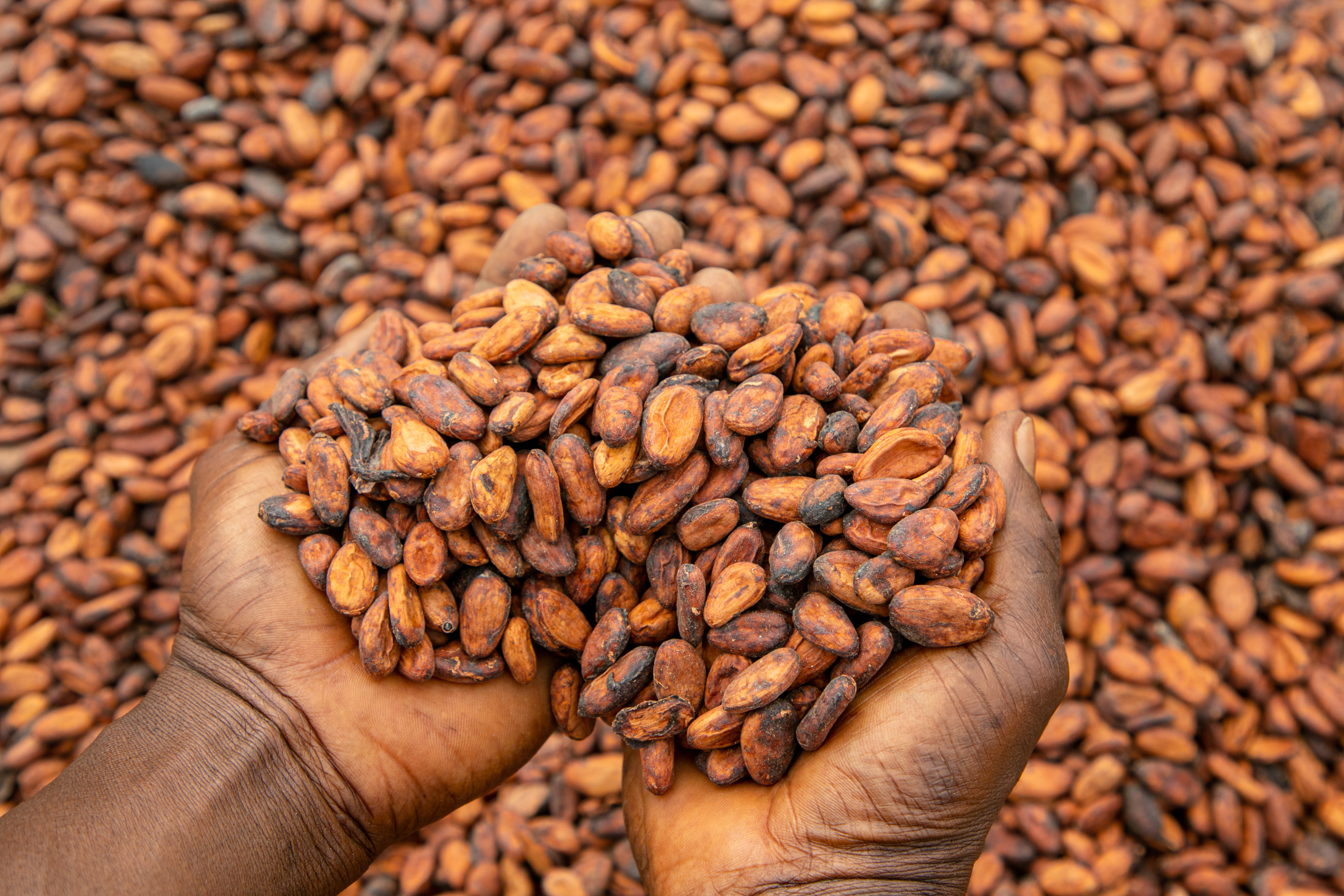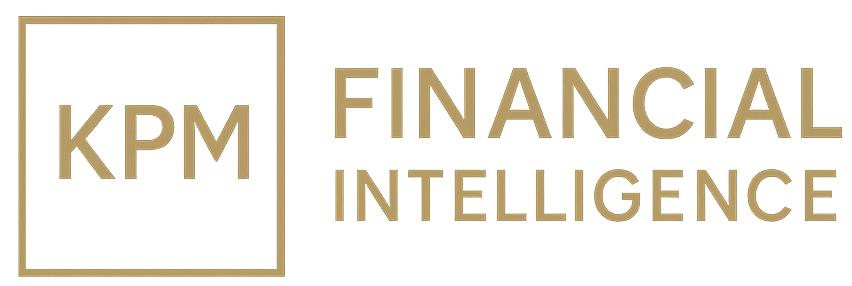The Price of Politics Inside Ghana’s Costly Cocoa Promise
Ghana raises the cocoa farmgate price to GH¢3,625 per bag (≈ USD 3,800 / tonne), boosting farmer income but straining COCOBOD’s GH¢20 bn debt and IMF fiscal targets. With Eurobond yields near 12.6 %, markets question whether policy generosity can stay solvent.

Ghana’s latest farmgate cocoa price increase has triggered applause from farmers and raised eyebrows among investors. On October 3, 2025, the government announced a GH¢400 hike in the producer price, raising it from GH¢3,228.75 to GH¢3,625 per 64-kg bag—equivalent to about GH¢58,000 per tonne, or roughly USD 3,800 at current exchange rates (USD/GHS: GHS= 15.25). The adjustment represents a 12.3 percent increase, coming just weeks after a similar upward revision in August. On paper, it marks a win for smallholders. In practice, it exposes the delicate balance between social equity and fiscal prudence in one of the world’s most important commodity economies.
Cocoa remains Ghana’s second-largest export earner after gold, generating nearly USD 2.5 billion annually and supporting around 800,000 smallholder farmers. Yet this latest increase—announced in the middle of the 2025/26 crop season—carries political undertones. With elections approaching in 2026, the move reinforces the administration’s pro-farmer credentials but risks inflating COCOBOD’s subsidy burden, already constrained by tight financing and debt restructuring. The price adjustment will cost the regulator an estimated GH¢4 billion (≈ USD 260 million) in additional payouts if production holds near the expected 700,000-tonne mark.
Globally, cocoa markets have been anything but stable. Futures on ICE New York (CC: NYCCocoa) have fluctuated between USD 3,400 and USD 3,700 per tonne in recent months, as supply from West Africa remains under strain due to erratic rainfall and black pod disease. By aligning Ghana’s farmgate price closer to Côte d’Ivoire’s—currently around USD 3,900 per tonne—the government hopes to deter smuggling across the porous western border, a persistent problem when domestic prices lag regional peers. But the fiscal arithmetic is sobering: COCOBOD’s financing gap is expected to widen unless the state secures concessional inflows or trims its local borrowing program.
From a fiscal perspective, the raise could add pressure to Ghana’s fragile post-debt-restructuring trajectory. The IMF Extended Credit Facility (ECF) program, worth USD 3 billion, has emphasized expenditure control and revenue mobilization as conditions for restoring debt sustainability. Subsidizing farmgate increases runs counter to those consolidation goals, especially since COCOBOD’s debt already stands near GH¢20 billion (≈ USD 1.3 billion). Without corresponding gains in export earnings, the agency may need to roll over more short-term debt through local banks, tightening domestic liquidity and raising interbank rates.
Still, there’s an argument that the decision reflects political rationality rather than economic recklessness. The cocoa sector remains a cornerstone of Ghana’s rural economy. Inflation, hovering near 23 percent year-on-year, has eroded purchasing power, and fertilizer and transport costs have surged more than 30 percent since 2023. Adjusting the farmgate price helps cushion household incomes and stabilize rural demand. In that sense, the increase could indirectly support consumption-led growth, offsetting some fiscal costs with broader economic resilience.
However, the long-term sustainability question looms large. Ghana’s cocoa productivity has stagnated at around 450–500 kg per hectare, far below the 700 kg achieved in Indonesia or Latin America. Without higher yields, each price hike becomes fiscally regressive—rewarding static output rather than efficiency gains. Moreover, as global sustainability standards evolve, Ghana’s policy risk grows: higher prices for farmers mean little if production volumes decline due to aging trees and climate volatility.
For investors, the implications extend beyond agriculture. The move could affect Ghana’s sovereign yield curve and local credit spreads. The Ghana Eurobond 2032 (ISIN XS2154289896) trades near a 12.6 percent yield, while the Cedi (GHS=) has lost roughly 11 percent year-to-date against the dollar. By committing to higher producer payouts, the government effectively narrows its fiscal buffer ahead of the IMF’s next review, possibly complicating negotiations for disbursement of the third ECF tranche. Market participants may view this as policy drift unless offset by fresh donor financing or stronger export receipts.
Regional comparisons put Ghana’s decision into sharper focus. Côte d’Ivoire raised its farmgate price earlier this year to maintain competitiveness but balanced the move with a reduction in marketing costs. Nigeria, meanwhile, continues to liberalize its cocoa marketing structure, letting exporters pass global price changes to farmers more directly. Ghana’s state-controlled model gives it political control but also fiscal exposure. The current price of USD 3,800 per tonne now ranks among the most generous globally—commendable for farmers, but costly for balance sheets.
In my view, the question is not whether farmers deserve better prices—they do—but whether Ghana can finance such generosity sustainably. COCOBOD’s borrowings are already collateralized by forward cocoa sales, meaning future export earnings are partially pre-committed. If global cocoa prices soften below USD 3,400 per tonne, the board could face margin calls or deferred payment obligations, pushing more risk onto the sovereign balance sheet.
Yet Ghana’s government seems to be betting that cocoa’s current bull cycle will persist long enough to fund the promise. If that bet holds, higher farmgate income could translate into better farm maintenance, reduced smuggling, and improved export quality. If it doesn’t, fiscal consolidation will have to accelerate elsewhere—possibly through higher fuel or VAT adjustments. For now, markets appear cautiously tolerant: bond yields have held steady, and the cedi has even strengthened slightly this week. But patience in financial markets is finite, and populist economics rarely compound well over time.
Ultimately, Ghana’s cocoa price hike tells a dual story—of social protection and fiscal strain, of short-term equity and long-term solvency. It may buy political goodwill in the countryside, but the real test will come in global markets, where sentiment, not sentimentality, determines a nation’s cost of capital.





